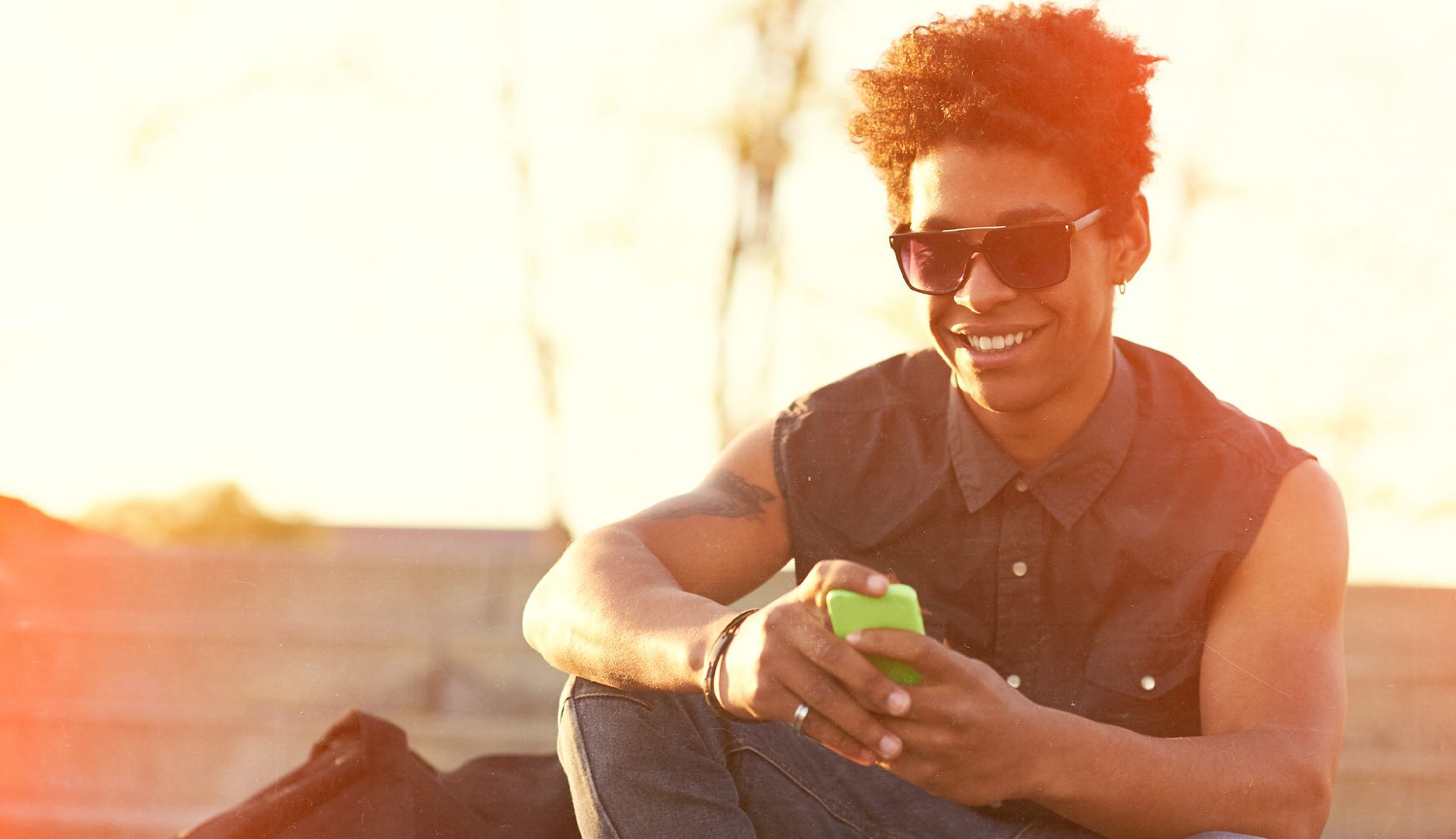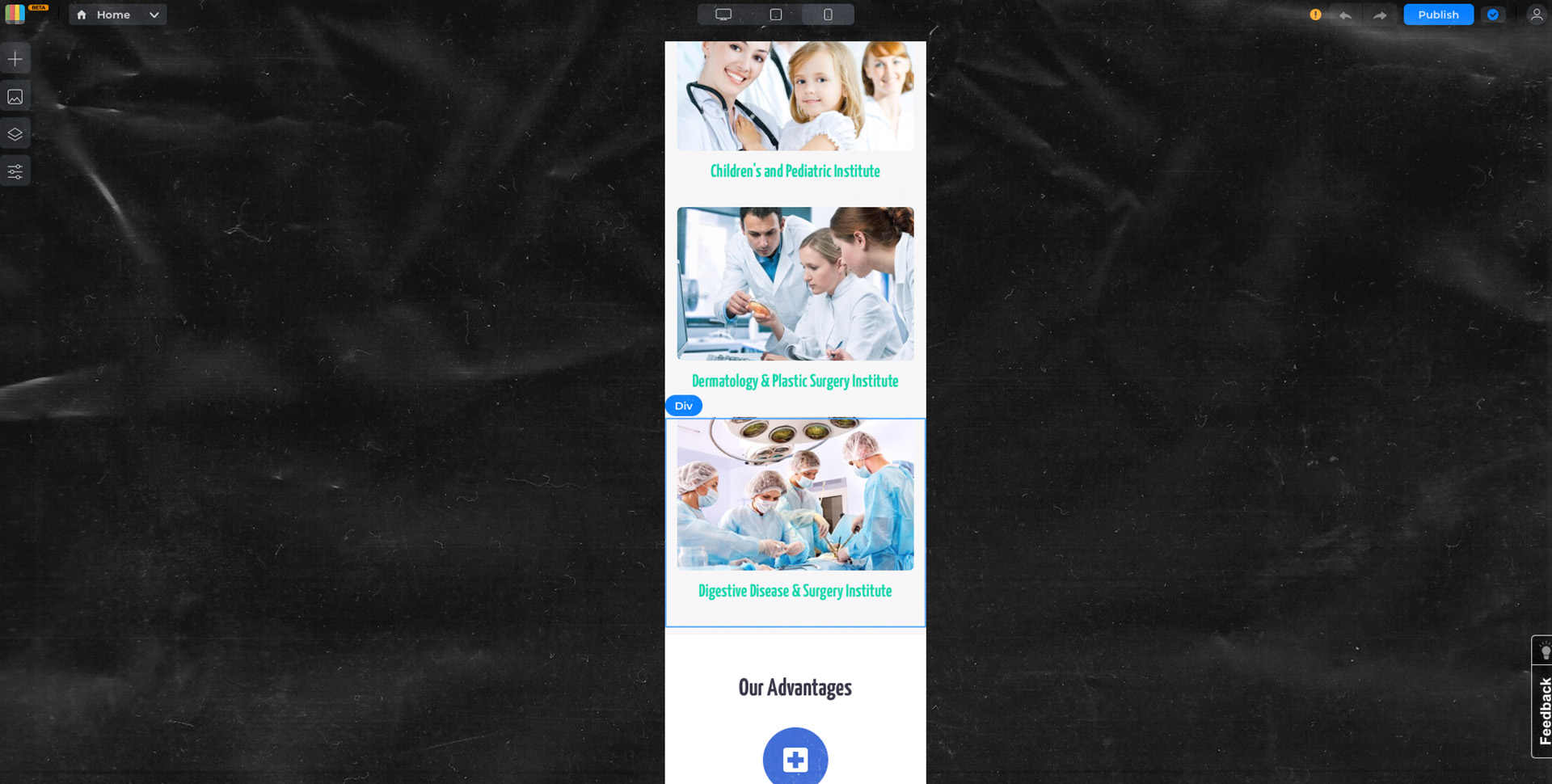While you may have the best product or service in the world, without an effective user experience (UX) or user interface (UI) design, you will have a very difficult time communicating it. Though these emerging UI/UX design trends have certainly exploded across screens in 2020, they will not be short-lived. The innovative tactics you are about to learn are revolutionizing the digital space for brands. Implementing these elements now will reap benefits that reach well beyond the remainder of this year and into the future.
What are UI and UX?
UI and UX are trendy buzzwords, but many may not fully understand what they mean. User interface design, or UI, is the process of creating the appearance and more physical elements of a digital platform. User experience design, or UX, on the other hand, is more focused on crafting the features that affect how the end-user interacts with the platform. UX is really about the platform’s utility versus its look and feel.
Despite their diverging definitions, each design factor really could not be successful without the other. When working on a website’s design, a highly strategic focus on these two elements are key.
What can a focus on UI/UX design do for a brand?
Of course, you want your website to do it all. The ideal digital dream is that it can:
- Attract organic traffic;
- Drive brand recognition and loyalty;
- Establish credibility and trust;
- Keep visitors engaged;
- Convert visitors to customers; and
- Scale your business.
So, how do you design a website that does all of these things while staying minimalistic and easy to navigate? It is a delicate balancing act, and that is where the following eight UI/UX design trends come in. Go ahead and mold these top concepts into a fundamental guideline for formulating the most effective website for your current and potential customers. You, and your target audience for sure, will all be pleased with the results.

The Top UI/UX Design Trends for 2020 (and beyond!):
1. Provide strong content supported by design
At the most basic level, people come to your website in search of something. They may be seeking general information, product information, or simply brand information. This is why the information you share should be of top priority. Often, this fundamental principle gets lost in the hundreds of hours of strategy meetings, design brainstorms, and research compilations. So much focus is put on how things look rather than what they will say. Now more than ever, content reigns supreme when it comes to website design. Change your frame of mind to put content at the forefront and then support it with clever, unique design choices.
The content should always be easily digestible. From there, the design of that content is meant to amplify it. This is certainly reflected in the color trends of 2020. Many have gone to more modern or contrasted yet cohesive visuals that help highlight an important message (rather than detract from it). Dark mode sites, or those with striking dark backgrounds and high-contrast colors that pop have exploded in popularity. Boxmode’s site was at the forefront of that trend. Perfectly aligned and rigid layouts are also out for 2020, while more asymmetrical ones are in. Users can seamlessly browse through Boxmode’s templates to find the trend that best fits.

2. Ensure all elements showcase website accessibility
A website’s UI/UX design shouldn’t just cater to one group of people, one type of ability or one geographic location. Sites are accessible to everyone all over the world and should be built with inclusion in mind. That’s why in 2020 and beyond, having a website that can not only be opened but fully experienced by all is so critical. While there are some legal guidelines and requirements, going the extra mile requires little additional efforts. Even small changes can go a long way. Plus, the additional traffic and brand goodwill you can build from implementing this trend are invaluable. A few of these simple design additions are as follows:
- Apply distinct contrast between the background color and text overlaid on each page.
- Place descriptive alt text on all images.
- Test your site using a screen reader, such as BRLTTY or CDesk Compass.
- Allow for keyboard navigation throughout your website.
- Make all hyperlinks descriptive.
- Create captioning on videos.
- Implement larger font sizes and legible font types.
Though they may seem trivial, implementing these elements into your UX can have significant benefits for many potential customers.
3. Customize areas for a personalized touch
It is no secret that consumers feel a much greater connection to businesses that make them feel noticed. Some pages are likely unable to be personalized. However, you should certainly consider your options for introducing a personal, interactive experience in your web design. For example, consider offering a sign-in option that allows a visitor to make an account or profile. This gives you the opportunity to serve them with personalized content, offer tailored services, or make recommendations based on the visitor’s specified preferences or site history.

Another simple way to leverage this design trend is in your digital marketing strategy. Add a sign-up form to gain pertinent customer information. Email marketing now allows you to customize the content of an email or add the name of the person the email is addressed to rather seamlessly. If this isn’t possible, consider implementing a remarketing strategy to your own customers based on their purchase history. This can also provide an element of personalization that will be appreciated and recognized by customers as unique and valuable.
4. Implement smarter chatbots and virtual assistants
There is a high likelihood that your current and potential customers will have questions while navigating through your website. Attention spans are virtually non-existent, so how can you get those questions answered quickly and accurately? The best websites have implemented intelligent chatbots (or virtual assistants) that can answer a variety of frequently asked questions or assist with simple customer service solutions. The best part? They can respond immediately no matter what the time of day or day of the week. Another emerging UI/UX design trend is using voice interfaces to make the process even more personalized when asking for help. Keep in mind, though, you will want to integrate the responses with the personality of your website seamlessly. Think of these tools the same way you would think about your own customer service team. Your chatbot technology is another extension of your digital experience. Responses should align with your brand’s tone of voice.

5. Maximize functionality across devices
Your website’s UX cannot be designed in a vacuum. Consider every corner, every page, every graphic, every feature of your website, and where it can possibly be viewed from. The way we consume technology is ever-expanding. We connect to the internet and applications through desktops, tablets, mobile devices, watches, e-readers, and television screens, to name a few. The design of your content should be built to be responsive, especially for mobile devices.
When using a platform like Boxmode to design your site, all templates are mobile friendly out of the box. This is incredibly beneficial as those websites not created with mobile in mind actually have lower website rankings and authority scores. Think about your imagery and rich media content like videos and how they will display on a mobile device or smaller medium. Keep in mind that certain features may not make sense for specific mediums, while other elements, on the other hand, may be beneficial. If you know your site will be accessed mainly on mobile, you may want to choose a more image-heavy template with fewer text blocks due to the screen size.

6. Design with a user-centered wow factor
A major focus for brands this year is all about motion. The amount of information and branding consumers are inundated with has reached an all-time high. Your site must have a wow factor to stand out from the seemingly infinite number of competitors in your industry. This particular UI/UX trend is one all graphic designers and visual thinkers can get behind. The latest craze to hit the digital scene? It consists of 3-D animations, illustrations, and interactive content. These truly enhance the storytelling aspect of your website.
3-D Animations
Animations are all about the visual. The expression, “don’t just tell them, show them,” perfectly encapsulates what this trend is all about. Highlight your brand’s product or services by having them virtually jump off of the screen. These 3-D animations are also a great way to simplify complex concepts for your visitors.
Illustrations
Hand-drawn (or “computer-drawn”) graphics feel authentic and unique and are a growing trend. Patterns and modern abstracts give a unique character and recognizable branding element that can be carried through your story both on and off-screen. Check out Boxmode’s Web Design Studio template as an example.
Interactive Content
Think about adding UX elements that allow users to feel like they are a part of what’s going on on the screen. There are many options to make your content interactive. How about a unique way visitors can drag elements to open something or move tabs to navigate? Perhaps it’s simply a change that happens to the text as the mouse moves across the page. Either way, interactive content makes the user feel truly a part of your experience.

7. Level up with Virtual and Augmented Reality
Virtual and augmented reality takes the concept of a user feeling part of the experience to the next level. This is why one of the most breakthrough trends for 2020 is the implementation of virtual and augmented reality. This trend may not work for every brand, but it has already proved to be extremely fruitful in many industries like travel and real estate. Though they sound similar, these technologies do differ.
Virtual Reality
Virtual Reality will figuratively “transport” your customers into whatever world you build for them. If your product or service is tied to a physical location, virtual reality allows site visitors to walk around your store or browse through your products. Implementing this trend helps viewers literally envision themselves (almost identically) as a customer.
Augmented Reality
Augmented Reality is the term used to describe the addition of some kind of digital element to the visitor’s current view. For example, using the view of a smartphone camera, but adding in a character or brand product. This is more useful if the customer is in a particular location and engaging with your business at that moment.
8. Take a simplicity over sophistication
Though all of these design trends may seem like a lot to “add” to your website, Boxmode’s intuitive website builder takes out a lot of the guesswork. These trends are meant to help reimagine and improve your current digital space. Though it may take a bit of effective planning, the delivery to consumers should feel simple and straightforward. Overwhelming visitors with too many features can actually deter them from interacting with your site. Make sure the basics like legible fonts, intuitive navigation, direct calls to action, and clear offers are not overlooked.

Follow Trends Around Your Business
It is clear that 2020 is taking the user interface and user experience design process to a whole new level. These eight trends should provide you with a roadmap to ramp up your brand’s digital experience. Though you don’t have to implement all of them to be successful, using a combination of the most relevant ones will help maximize the results.
There is no question that these trends are here to stay. Firstly, you should always provide strong content that is supported by your unique design. Ensure all elements of your website and its inner pages are accessible to whoever may land on your site. Customize areas in a way that feels unique and personal to that user. Implement smarter chatbots and virtual assistants who can easily and immediately help your visitors whenever they need it. Make sure to maximize the functionality across all mediums, and especially mobile, for a full, seamless experience. Enhance user engagement with visual wow factors like 3-D animations, interactive content, and illustrations. Where it is feasible, implement augmented or virtual reality to build realistic, next-level experiences. Finally, do not discount the value of simplicity.
At the end of the day, an innovative yet seamless UI/UX design is meant to help push your organization closer to achieving your objectives. Don’t let these incredibly engaging elements, however, detract from the fundamentals. The quality of your products and services still have to get you there.

